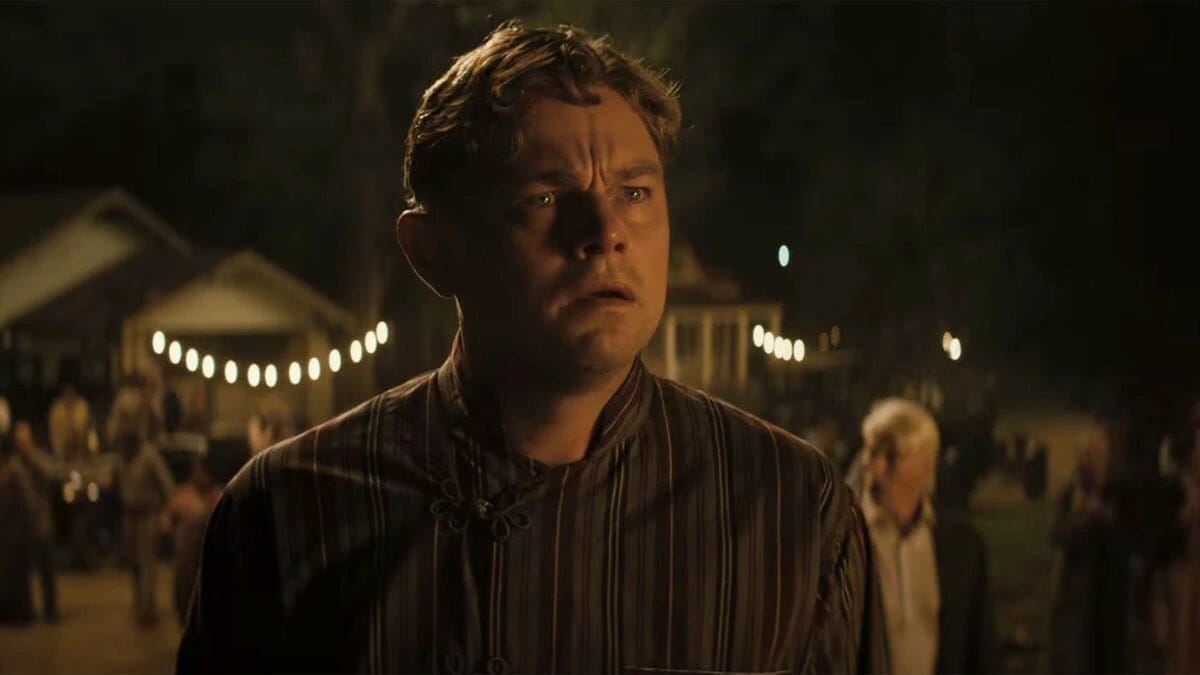The phrase “the victors write history” is frequently attributed to Winston Churchill. Ironically, historians are unsure of its actual origins.
Dr. Carolyn Dupont, professor of history at Eastern Kentucky University, said something similar when addressing Jessamine County Fiscal Court about the confederate statue that continues to stand on the front of the courthouse lawn. “The past is everything that happened… history is how we talk about it in the present. The way we tell our stories.”
So, if the key question is how we tell these stories, we need to recognize an essential part of storytelling: point of view.
History is always influenced by point of view. We were not there, and we only had the words of who were and decided to tell the story. History is told by the ones who have the power to make people listen: the ones who won the war, the ones who live long enough, and the ones who have the tools to tell their side of history.
So, what about those we haven’t heard from? What happens when we attempt to tell their stories?
Easy – it’s labeled as “revisionist history.”
Revisionist history is a phrase used so much that it has been siphoned of all its meaning. The original phrase, Historical Revisionism, refers to the collective memory of a society and how it continues to adapt when presented with new information and interpretation. We use the reworded “revisionist history” as a bludgeoning tool against history that tells a portion of the story that stands against the one we were raised with.
Ivy League historian James M. Banner Jr. points out the essential issue with this: “All history is revisionist history.” All of our histories come from certain people in specific contexts. The context of these historians influences their interpretation of events, not necessarily out of malintent but because they are human and influenced by the world around them.
The issue is that we have begun using the phrase “revisionist history” almost solely with the untold sides of history that have previously been suppressed or unheard. We label them as “political agendas” instead of recognizing them as the songs of the past that have gone unsung.
The “revisionist history” label is an easy tool to perpetuate the one-sided history that excludes essential pieces of the story. Any part of the past spoken by the minority, or what Churchill might refer to as “the losers,” is labeled as “revisionist,” or better yet, “woke.”
In his New York Times article “The True Story Behind ‘Killers of the Flower Moon’ Is Being Erased from Oklahoma Classrooms,” Gray tells the story of the parts of the past we might not have been told before. As a previous Osage Chief whose great-grandmother died in the events that “Killers of the Flower Moon” touches on, Gray offers us the part of history that has been perpetually ignored.
He points out that in 2021, Oklahoma passed an education bill that prohibits teachers from talking on subjects that (based on biological sex or race) could cause “discomfort, guilt, anguish or any other form of psychological distress.” The byproduct of such a vague bill is the removal of the history of the systemic murder of the Osage Nation from their curriculum. In the irony of ironies, a major motion picture on the issue was released shortly after. “Killers of the Flower Moon” tells the story of the violence against the Osage Nation, even doing what Hollywood has consistently failed to do by casting Indigenous actors.
Gray summarizes the event now referred to as the “Osage Reign of Terror.” In the 1920s, the Osage Nation became some of the wealthiest individuals in America due to their utilization of the oil deposits on their land. The American government legislatively assigned “guardians” over them (non-indigenous) to monitor their use of this wealth. Shortly after, Osage individuals began to die mysteriously from a variety of reasons like “shootings, poisonings, and even a bombing.” After 24 Osage had died, the FBI investigated (at the Osage Nation’s request) and found one killer who served as a scapegoat. We have now realized that evidence was ignored at every level of the investigation that would imply multiple people were financially incentivized to kill Osage people.
“Killers of the Flower Moon” and writers like Gray offer a perspective that is not already influencing our collective memory of this event. It gives us a chance to take this new information and allow it to shift our societal views.
Bringing stories like these to light is not some lie told to paint our founding fathers as villains. Stories like these fill the gaping holes we have in our history. They are not meant to cause “psychological distress” over being white, as the Oklahoma bill would imply, nor should they. They should encourage reflection on systems that allow this kind of thing to happen, whether they exist today and who they do or do not benefit. These stories offer us a fuller understanding of the past by providing another perspective.
Lily Gladstone, the Indigenous actress who leads this cast, addresses this incomplete view we have had, saying, “American history is not history without Native history.” More than that, she highlights that this film attempts to bring light to continual injustices against indigenous communities that go unaddressed because of their missing stories in history. Gladstone says that “[This film] is the Osage saying, ‘Do something. Here’s money. Come help us.’”
Why is it that we are so threatened by the telling of the other side of our history? Maybe it’s because recognizing it means that we have to do something about the inequality in the story that we are a part of right now.


